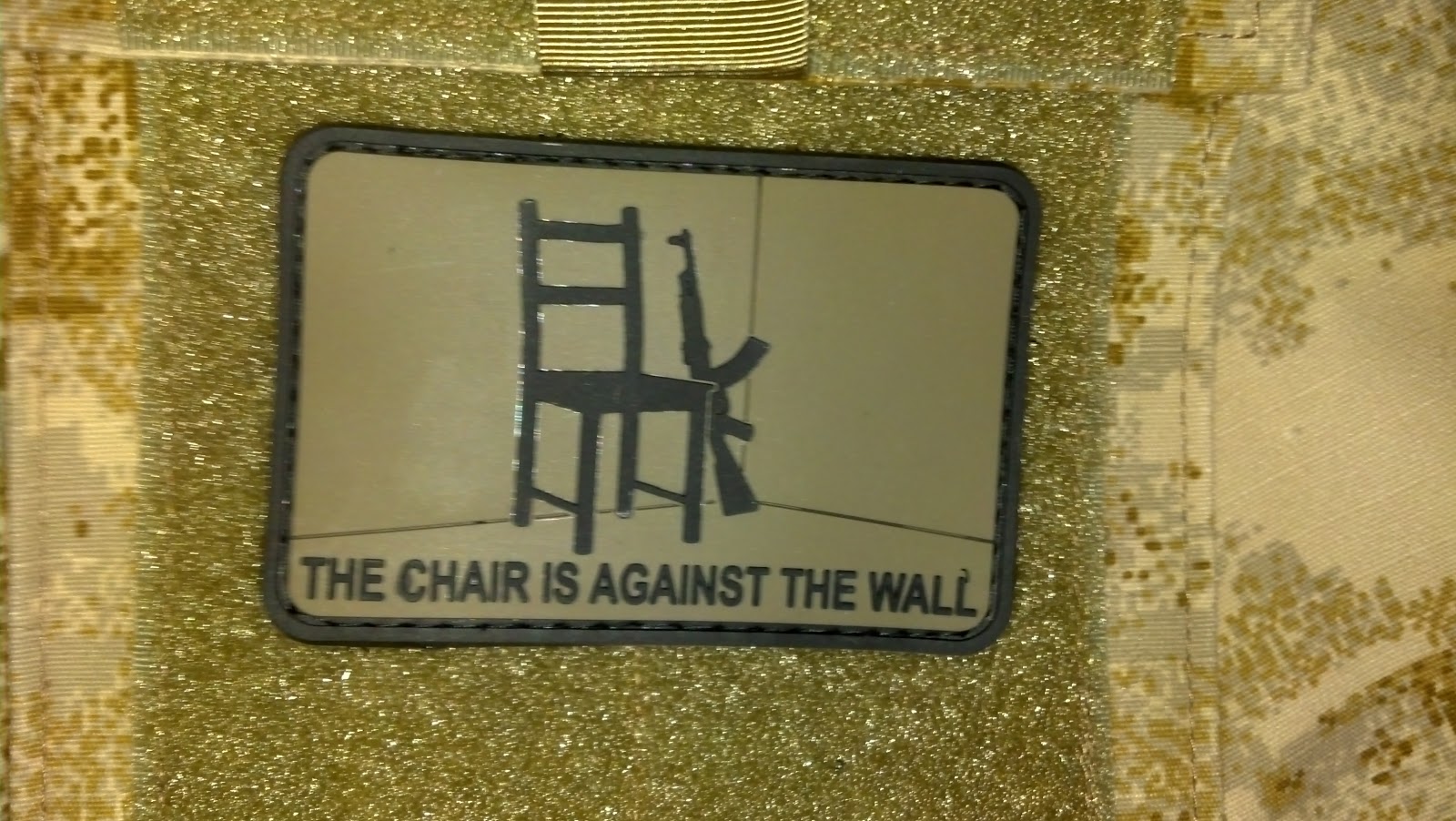“The chair is against the wall” is a phrase that originated as a coded message used by resistance fighters during World War II. It was popularized by the 1984 war movie “Red Dawn”, but has roots in actual radio broadcasts sent to French resistance groups fighting Nazi occupation.
The phrase is shrouded in mystery, but is believed to have signified an impending attack or military action that required preparation. Resistance groups relied on messages like this to coordinate sabotage and uprising efforts prior to Allied invasions.
Origins of the Coded Message
During WWII, the British Broadcasting Corporation (BBC) made radio broadcasts from London to Nazi-occupied France. They included propaganda as well as pre-arranged coded messages to underground resistance groups like the French Forces of the Interior.
These cryptic phrases were meant to mobilize specific resistance cells. While the messages often seemed nonsensical, they conveyed very specific instructions to groups who knew their hidden meanings.

Some examples of actual coded BBC messages sent to the French resistance include:
- “Jean has a long mustache”
- “There is a fire at the insurance agency”
- “The dice are on the carpet”
Each phrase secretly communicated critical missions like scheduling parachute supply drops, coordinating invasions, or calling for immediate sabotage actions against infrastructure.
The Longest Day and the French Resistance
The coded phrase “John has a long mustache” was popularized in the 1962 war film The Longest Day, which depicted the D-Day invasion.
In one scene, French resistance fighters hear the nonsensical message “Jean a de longues moustaches” on the radio and instantly know it means the Allied invasion will start the next day.
This signals them to begin executing all their pre-planned sabotage operations to support the D-Day landings, like blowing up transportation links and communication lines.
So while the message sounds silly out of context, it calls the resistance groups to action as a critical notification of the long-awaited invasion of Normandy.
“The Chair is Against the Wall” in Red Dawn
The 1984 cult classic film Red Dawn references historical resistance codes with its own fictional coded messages for the American resistance fighters battling a Soviet invasion.
In one pivotal scene, the lead characters hear the radio message:
“The chair is against the wall, the chair is against the wall. John has a long mustache, John has a long mustache.”
Just like the French resistance in The Longest Day, this alerts the “Wolverines” that a major undisclosed operation is underway and they need to prepare themselves immediately for action.
The exact meaning is never revealed, but based on the historical inspiration from WWII codes, possible interpretations include:
- A railway sabotage mission is about to start
- New weapons/supplies have been dropped at a specified location
- An attack on a specific target or region is imminent
While the Wolverines don’t know the specifics, they instantly grasp the urgency and importance of the messages. They inspire a sense of solidarity among the underground resistance network.
Why Use Seemingly Nonsensical Coded Messages?
Using phrases like “the chair is against the wall” as coded messages was extremely effective during WWII for several key reasons:
1. The silly nature avoids suspicion: Messages about chair positions or mustache lengths sound innocuous and meaningless. The enemy would have little reason to expend major code-breaking efforts deciphering their significance.
2. They are unpredictable and hard to decode: There are endless variations of odd-ball phrases that could be used. Whereas something like “Operation Overlord” would clearly sound suspicious.
3. Their true meaning is restricted: Only select resistance members know what the phrases secretly communicate. General public interpretations would be useless.
4. They allow coordination of surprise attacks: Resistance fighters could secretly plan sabotage and uprisings to coincide with Allied invasions, maintaining the vital element of surprise.
So while the coded messages seem nonsensical on the surface, they enabled targeted communications undetectable to occupying enemy forces.
Why “The Chair is Against the Wall” Remains Impactful
The chair is against the wall” is still frequently referenced in movies, TV, and popular culture because it encapsulates key themes:
- The power of symbolic coded language
- Standing up against authoritarian regimes
- Grassroots resistance movements organizing clandestine operations
It represents the struggles of oppressed groups trying to covertly coordinate insurgencies against overwhelming occupying enemies.
It also demonstrates how meaning and symbols can be shared exclusivities that strengthen subcultures and countercultures fighting against mainstream power structures.
Conclusion: A Code That Still Resonates
While the exact operations sparked by commands like “the chair is against the wall” may remain a mystery lost to history, their significance is clear.
They enabled crucial coordination for resisting overwhelming military force through deception operations and acts of defiance.
The fact that these messages still widely resonate today is a testament to how they encapsulate human struggles against tyranny, fascism, and violent oppression that remain timeless.
Their ability to inspire solidarity and hope for fighting overwhelming odds persists, as oppressed groups around the world continue using coded symbols of defiance.
So “the chair is against the wall” represents not just a bygone WWII code, but an enduring symbol of resisting abuse of power and authoritarianism. Its spirit of unity and standing resolute in the face of tyranny still motivates dissidents and freedom fighters worldwide.
